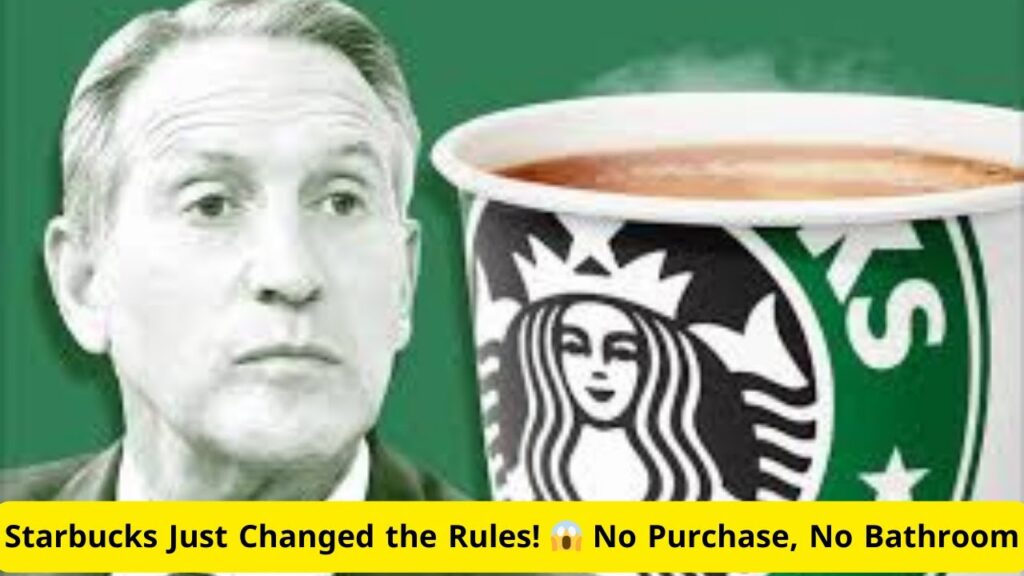
I always enjoy when internal or agency creatives are involved in my projects and wish I saw more of them, more often. They’re usually present for qualitative concept testing – a challenge I’ll talk about later – but seldom around for the critical first step of brand positioning.
The best strategists are fluid in leveraging the both the right (creative/emotional) and left (rational/linear) sides of their brains. Having named my company The Right Brain Studio, I’m probably more left brain than I like to admit. But the jolt of energy I get when sparring with smart, agile, original thinkers gets puts the right side of my brain into turbo mode. The positioning concepts I develop after these interactions seem to be far sharper and more memorable, clearly reflecting the heightened electricity of the initial brainstorming.
Even more valuable, creatives are far more likely to fully embrace a strategic brief when they’ve got skin in the game.
Client-side marketing people, usually well-organized left-brain thinkers, should consider this piece of right brain advice. Business schools teach us that marketing is a linear process. We identify a business objective, research the target, formulate a marketing strategy and have at executions. But marketing remains more of an art than a science, one that should never designate creative tasks exclusively to a so-called creative department.
We’re all creatives. The more we can think like creative people and the more we can bring creativity to the front-end of our challenges, the more likely we’ll be to generate truly singular, emotionally engaging brand strategies.
In addition to working with creatives from client agencies on positioning and innovation initiatives, I like to bring in people who write books, movies & TV shows, musicians, songwriters, artists, and others from non-marketing creative pursuits. They don’t think in terms of strategy. They just come up with ideas from the gut.
I trust them. They’re successful because their intuition is aligned with the popular culture. And they seem to “get it” instantly, zeroing in on the core emotional benefits of the offering. It’s our job to work backwards from their executional ideas or observations and ask ourselves what it implies for strategy.
Here’s an example. In a brainstorming session for a fast-food company, I started by asking the group what first came to mind when thinking about the brand.
“Car sex,” someone said. “Not just sex, but sex in the back seat of a car. It’s a cheap thrill.”
From there we were able to tap into the nature of teen rebellion and the need for 16 to 21-year-olds to establish their own identities – and own their own brands. It resulted in a strategy we called “Cheap Thrills, No Apologies,” spawning innovative new products and a successful brand positioning that’s endured.
While working with agency creative people in qualitative research projects dedicated to “running new communications by some consumers” is also important, it’s always a challenge. Focus groups draw great disdain as a method to explore creative work, often for good reason.
We shouldn’t be looking for “winners” and “losers.” And I feel strongly that most creative decisions should be left to the experts, the skilled creative people we put our trust in when we hired them, and not armchair MBA’s who think they know better.
As a strategist, and in my prior roles in management both the client and agency sides, I feel that our focus should be on one question and one question only. Does the execution bring to life the strategy outlined in the creative brief?
Even with that intent, the process can get thorny. How many art directors have we seen pacing the back room of a facility (or the online equivalent), whining that “these consumers are stupid! They don’t get my work?”
Misguided, but understandable from the perspective of any creative person. I can tell you first-hand that it’s not pleasant to have your work rejected.
We can’t be tempted to respond to that art director, “The fact they don’t get it means your work sucks.” Even if it’s true.
The best advice I ever received on dealing with creatives came from a grad school professor, an advertising copywriter himself. “Whatever you do, say three nice things first.”
That’s not just self-serving psychological sleight-of-hand. It gives us a pause between the trigger (“this work sucks!”) and your response that will pay off in at least two ways. First, an uncomfortable situation won’t get worse. No shouting matches will ensue. More important, there probably is something good to say about the effort. Rather than starting in with critical judgment, it allows us to ask questions about how the creative work came to be in the first place. “What were your motivations behind that campaign? What were you trying to communicate? How did you want people to feel after seeing the ad?”
Asking good questions, as opposed to criticism, opens a dialogue that will help everyone evolve their thinking and build consensus. As in most discussions or negotiations, putting others in defensive mode rarely works. The better approach is to put yourself in the creative person’s shoes and approach the discussion with respect and true curiosity.



